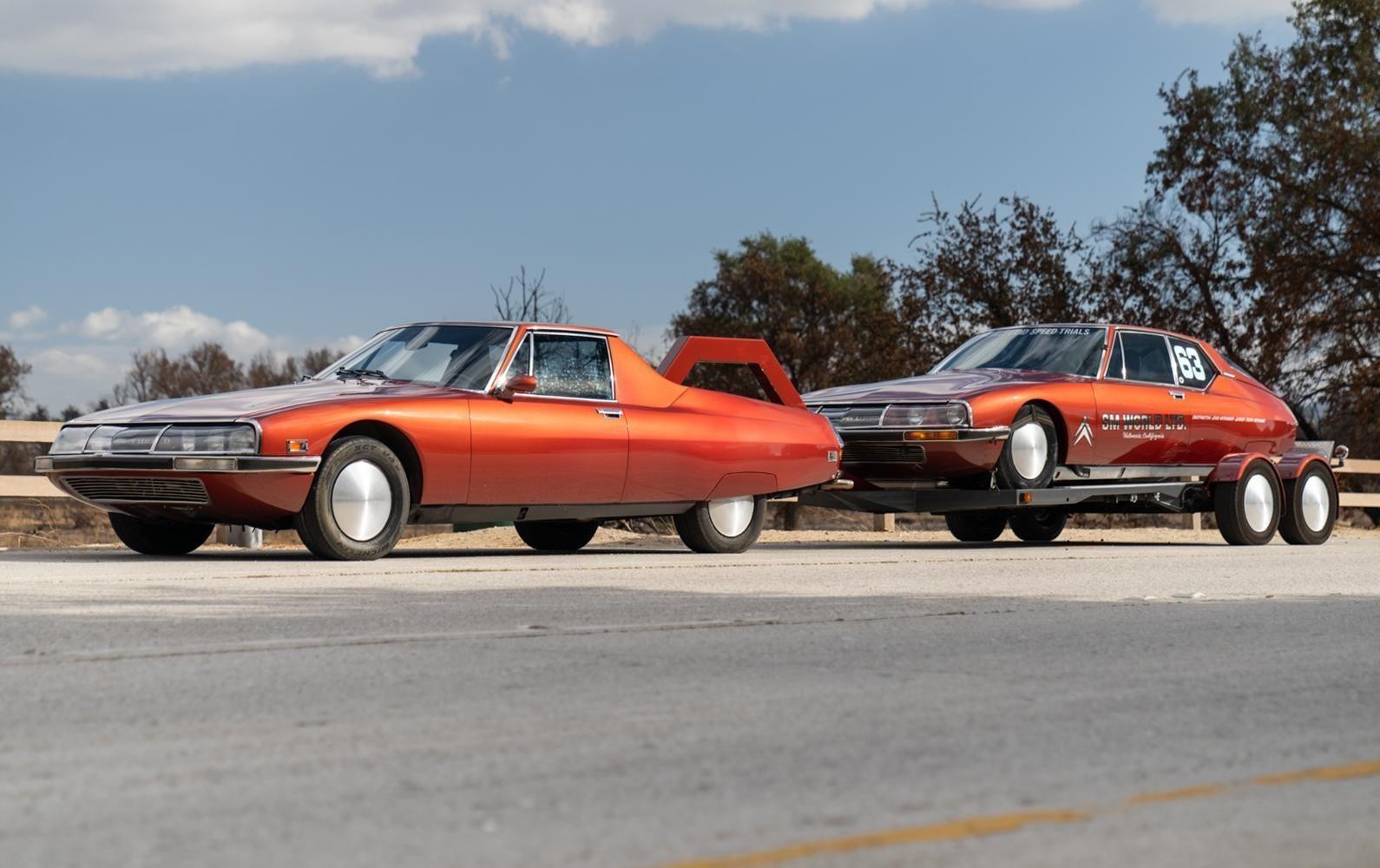In my opinion it’s easier to retain the original 4-speed manual gearbox and clutch assembly. Doing so allows more variable ratios than a single reduction gear, even if 1st and reverse gears would rarely be used.I have not seen a conversion up close ... but why would an electric motor need the original gearbox ? ..... of course the brakes are attached, but surely most of the oily bits will be redundant with instant torque available. Would you only use say two gears ?
Taking off from standstill in 3rd gear is ok in most cases and the motor peaks at 8000rpm so you could even just use third, but I change to 4th above 100 or so just to ease the workload of 3rd gear and the motor.
For reverse I put on a switch on the dash (R-N-D) to change motor direction, but you can still use reverse gear if desired.
The off-throttle regen varies in each gear so it means you can change up and down gears and get a variable “engine braking” feel. A switch for regen in three modes on the dash is added to make adjustments on the go. Sometimes I like to coast and at other times adjust between low and high regen. The high mode pulls the car up so much that, especially in 2nd gear brakes aren't needed. It's sometimes good on twisty country roads with short connections between bends. Coming into a corner and lifting off throttle it slows enough for the so-called 'one pedal driving.' I think it will be even better with FWD with less tendency to lock up the rear wheels.
I've only explored the use of Tesla drive units as a combined motor/inverter/ differential system. It would definitely be possible in a DS. Adapting the Tesla inner axle stubs to a DS inboard disc arrangement and driveshaft seemed a bit of a challenge to me. I'm happier to retain or reconfigure what is there and play at relatively lower voltages than the ~400v used with Tesla drive units. Also there's then the need for more batteries to series up the voltage to match. I would think it would work brilliantly in a CX however even if there's limited room for batteries......my CX safari however ;-)


